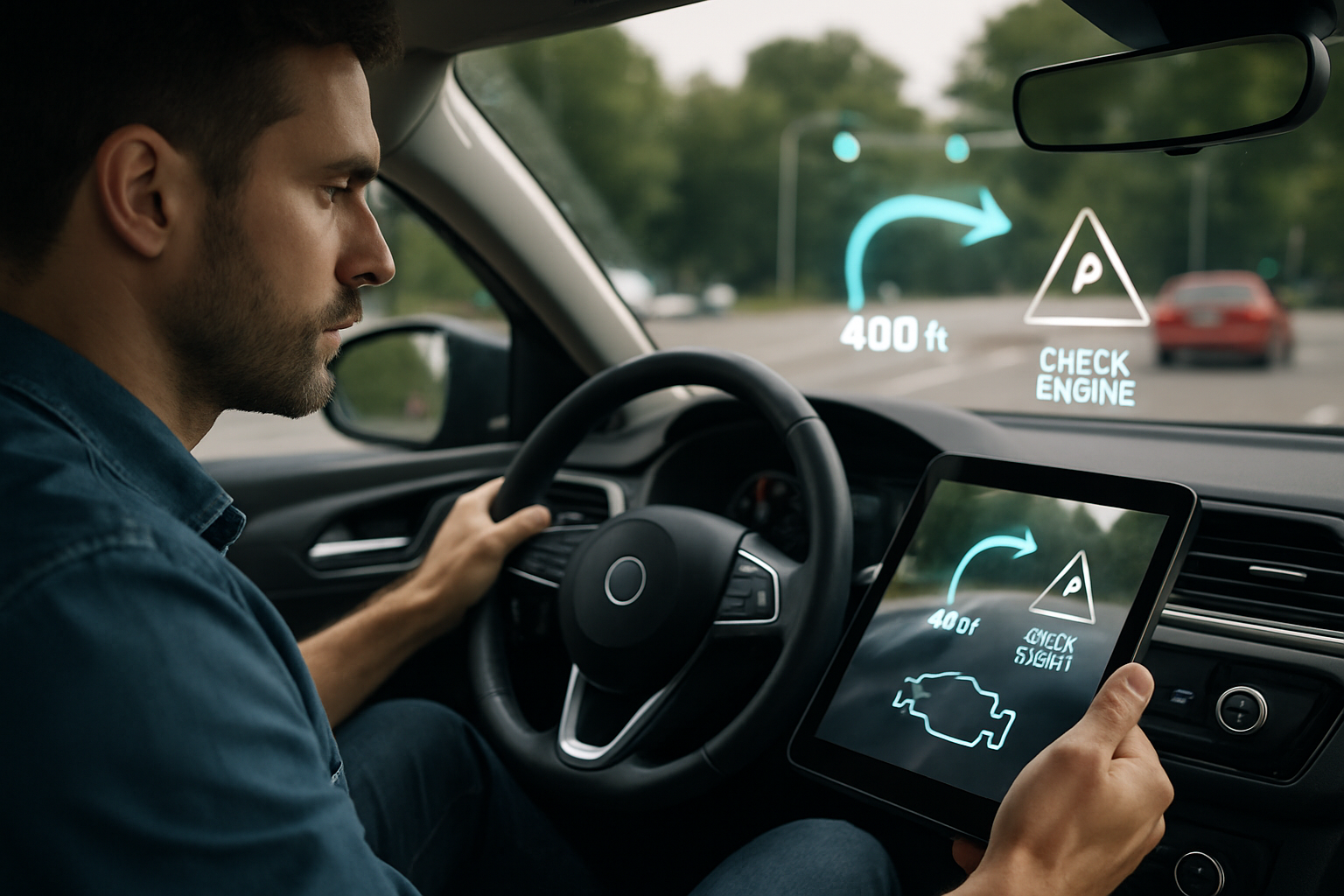Electric Cars for Seniors: Comfort, Safety and Real-World Usability
Electric cars are increasingly appealing to senior drivers due to their quiet operation, easier handling without a manual gearbox, and advanced safety features. In the U.S., considerations like range, charging access, and ergonomic design play an important role. This article explores the benefits, trade-offs, and key features to look for when selecting an electric vehicle suited to older drivers.

What Are the Key Benefits of EVs for Seniors?
Electric vehicles offer several advantages that align well with senior driving preferences and needs. The instant torque delivery provides smooth, predictable acceleration without the jerky shifting of traditional transmissions. This creates a more comfortable driving experience, especially for those with mobility concerns or joint discomfort.
Maintenance requirements are significantly reduced compared to gasoline vehicles. Electric cars eliminate the need for oil changes, spark plug replacements, and many other routine services that require regular dealership visits. This reduction in maintenance tasks can be particularly valuable for seniors who prefer fewer service interruptions and lower ongoing costs.
The quiet operation of electric motors creates a more peaceful driving environment, reducing fatigue during longer trips. Many senior drivers appreciate this calmer cabin atmosphere, which can also make it easier to hear navigation instructions or have conversations with passengers.
How Do Safety Features and Driving Aids Enhance Senior Driving?
Modern electric vehicles incorporate advanced safety technologies that can significantly benefit senior drivers. Many models include automatic emergency braking systems that can detect potential collisions and apply brakes when the driver may not react quickly enough. These systems provide an additional safety net that many older drivers find reassuring.
Lane departure warnings and lane-keeping assist technologies help maintain proper road positioning, which can be especially helpful for drivers experiencing vision changes or reduced peripheral awareness. Blind spot monitoring systems use visual and audible alerts to indicate when vehicles are in hard-to-see areas, compensating for reduced neck mobility that may make shoulder checks more challenging.
Adaptive cruise control automatically adjusts vehicle speed to maintain safe following distances, reducing the mental workload of highway driving. Many electric vehicles also feature parking assistance systems, including backup cameras, parking sensors, and automatic parking capabilities that can help navigate tight spaces with greater confidence.
What Is the Current State of Range and Charging Networks?
Range anxiety, once a significant concern for electric vehicle adoption, has diminished considerably with improvements in battery technology and charging infrastructure. Most modern electric vehicles offer ranges between 200-300 miles on a single charge, which covers the vast majority of daily driving needs for senior drivers, who typically drive shorter distances than younger demographics.
The charging network across the United States has expanded rapidly, with over 60,000 public charging stations now available. Major networks like Tesla Supercharger, Electrify America, and ChargePoint have established reliable fast-charging corridors along interstate highways, making longer trips increasingly feasible.
Home charging remains the most convenient option for most senior drivers. Installing a Level 2 home charging station allows overnight charging, ensuring the vehicle starts each day with a full battery. This eliminates the need for regular gas station visits and provides the convenience of refueling at home.
How Do Comfort and Ergonomic Design Support Senior Drivers?
Electric vehicle manufacturers have prioritized comfort and accessibility in their designs, often incorporating features that particularly benefit senior drivers. Many models offer adjustable seat heights and multiple memory settings that make entering and exiting the vehicle easier while maintaining optimal driving positions.
The absence of a traditional transmission tunnel in many electric vehicles creates more spacious interiors, providing additional legroom and easier access to controls. Large, clear displays and intuitive interfaces reduce the complexity of operating vehicle systems, while voice control features allow drivers to adjust settings without taking their hands off the steering wheel.
Climate control systems in electric vehicles can be pre-conditioned while the car is still plugged in, ensuring comfortable cabin temperatures before entering the vehicle. This feature is particularly appreciated by seniors who may be more sensitive to temperature extremes.
Which Models Are Well-Suited for Senior Drivers?
Several electric vehicle models stand out for their senior-friendly features and design considerations. The Tesla Model S offers a combination of luxury, safety features, and an extensive charging network, though it comes with a higher price point. The Chevrolet Bolt EV provides a more affordable option with good range and a higher seating position that many seniors prefer.
| Vehicle Model | Manufacturer | Key Senior-Friendly Features | Price Range |
|---|---|---|---|
| Model S | Tesla | Autopilot, large touchscreen, extensive charging network | $75,000-$130,000 |
| Bolt EV | Chevrolet | Affordable, high seating position, good visibility | $25,000-$30,000 |
| Leaf | Nissan | Proven reliability, easy controls, comfortable seating | $28,000-$35,000 |
| ID.4 | Volkswagen | Spacious interior, intuitive controls, smooth ride | $35,000-$45,000 |
Prices, rates, or cost estimates mentioned in this article are based on the latest available information but may change over time. Independent research is advised before making financial decisions.
The Nissan Leaf has established itself as a reliable, straightforward electric vehicle with simple controls and comfortable seating. The Volkswagen ID.4 offers a spacious interior with an elevated driving position and smooth ride quality that appeals to many senior drivers.
Electric vehicles represent a practical and beneficial choice for many senior drivers, combining reduced maintenance requirements, advanced safety features, and comfortable driving experiences. As charging infrastructure continues to expand and vehicle prices become more competitive, electric cars are becoming increasingly viable options for older adults seeking reliable, modern transportation solutions.




